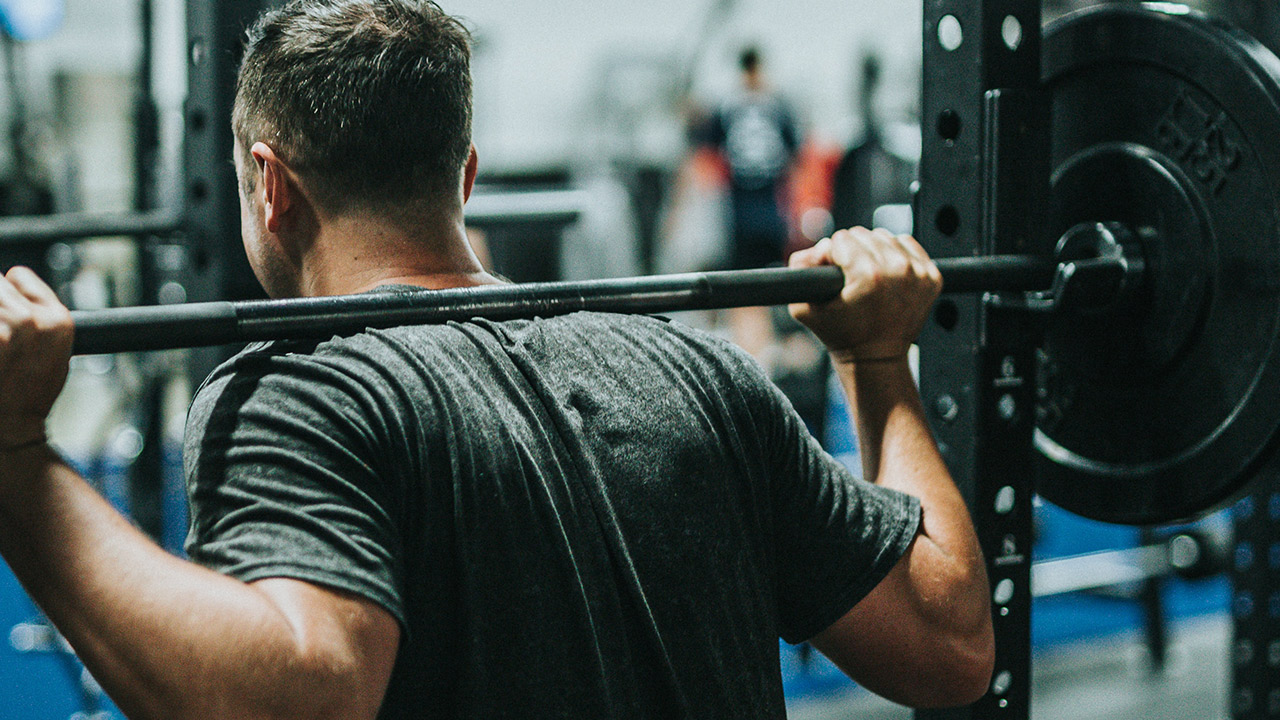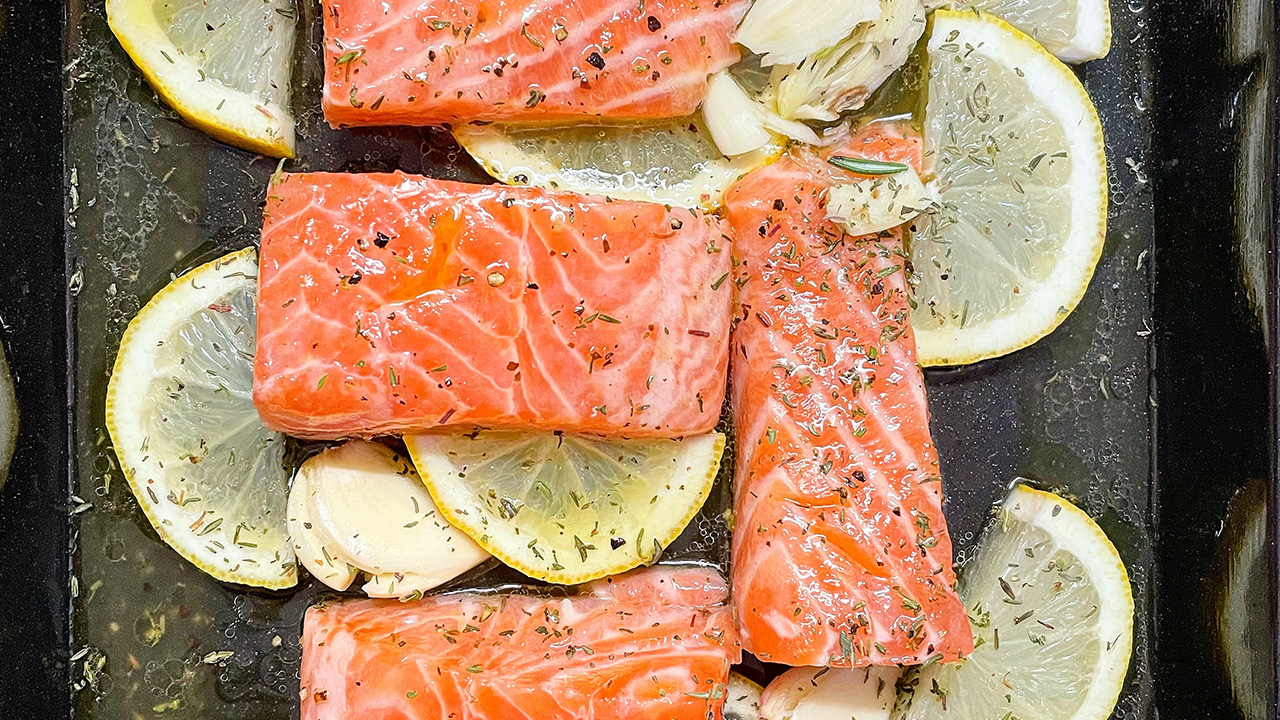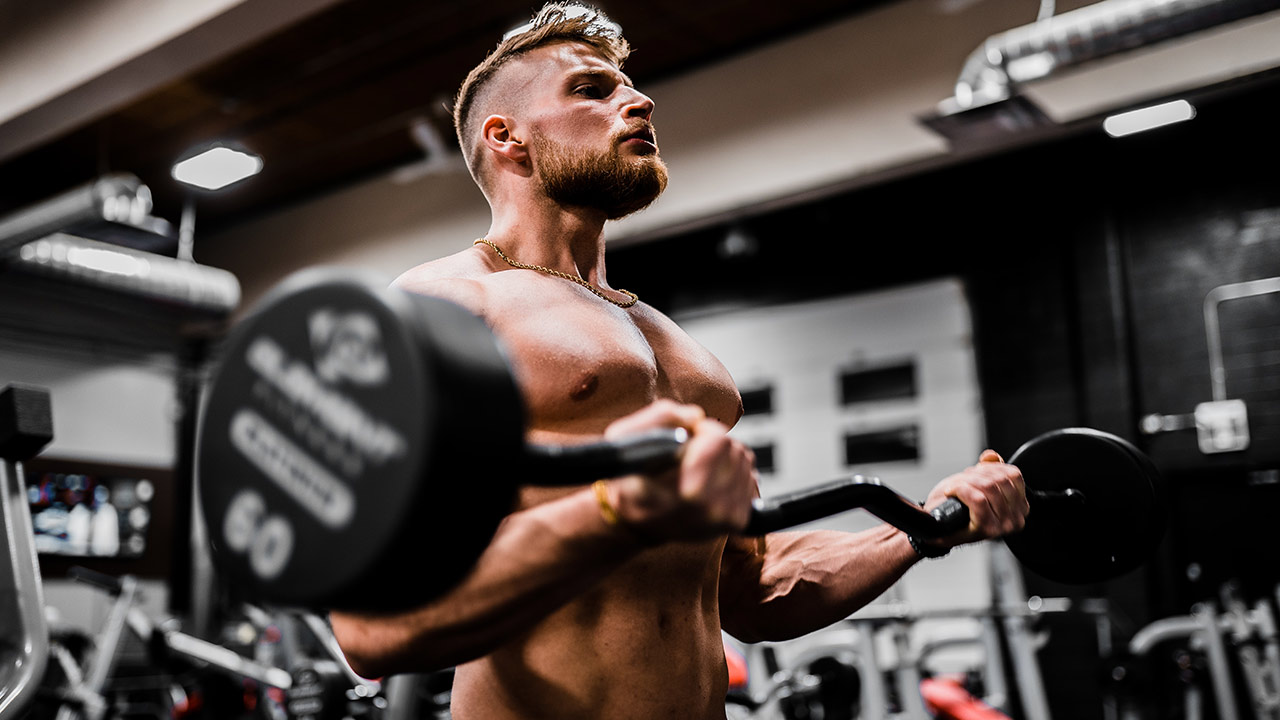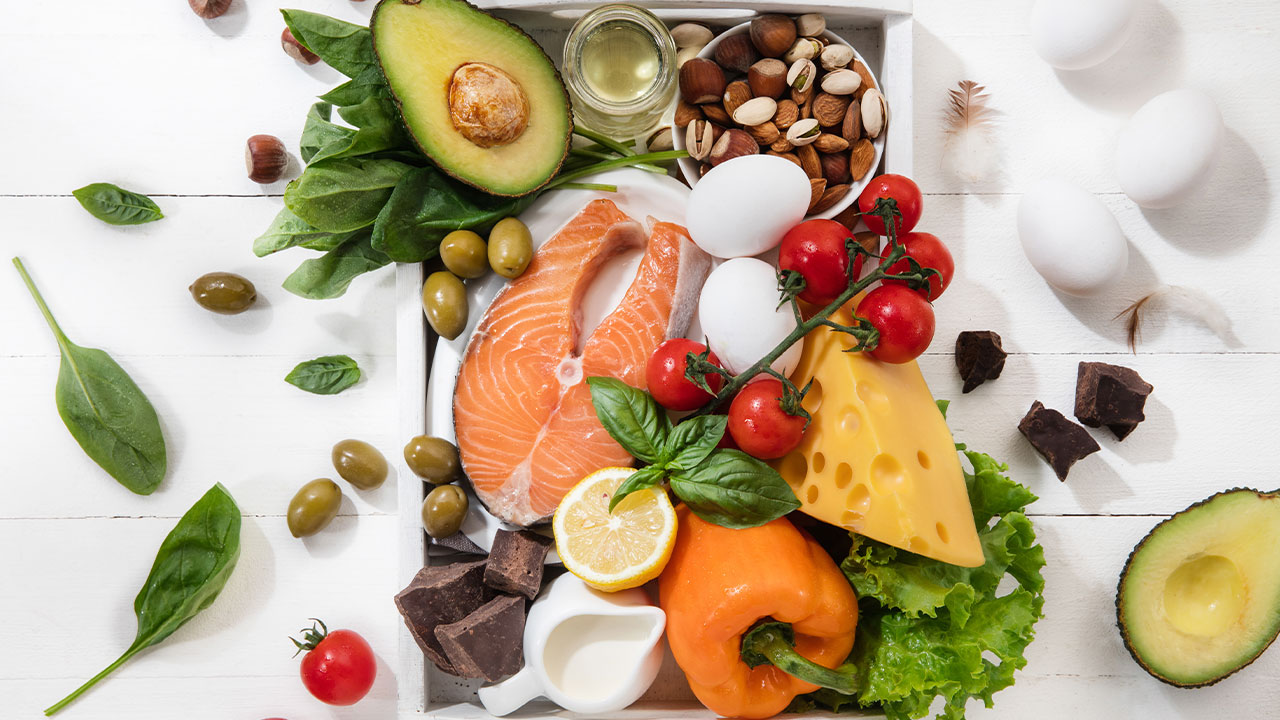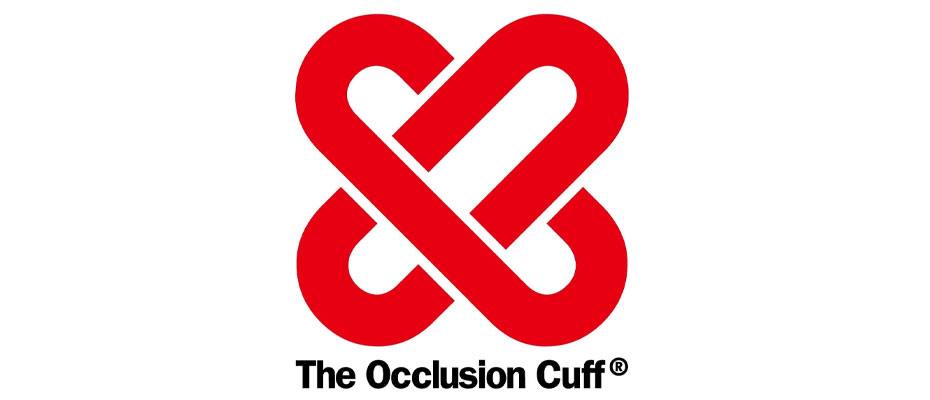What Your Shoulder Pain Is Trying to Tell You

Hey Angels and Alphas,
If you’re a regular gym-goer, you’re probably no stranger to shoulder pain.
Whether it’s something you deal with on a regular basis or something you’ve only experienced a couple of times, shoulder pain is something you have to keep in mind if you’re planning on progressing in the gym. Did you know over a third of all injuries in the weightlifting population occur at the shoulder complex?
First of all, it’s worth noting the incredible complexity of the shoulder joint. It’s the most mobile joint in the body, which gives us the ability to perform a myriad of actions, from reaching overhead to pulling and pushing. But with great mobility comes vulnerability to injuries and pain. In this article, we’re going to take a deep dive into decoding shoulder pain.
Let’s get right into it.
Understanding the cause of your shoulder pain
Overuse or Strain: If you’ve recently increased the intensity or frequency of your workouts, especially in exercises that stress the shoulders like bench press, overhead press, or even swimming, you may be experiencing muscle strain.
Impingement: This happens when shoulder muscles rub against the top part of your shoulder blade. Repetitive movements, like lifting weights overhead, can lead to this type of pain.
Rotator Cuff Injuries: The rotator cuff is a group of muscles and tendons that stabilize the shoulder. These can be injured by acute traumas or through chronic wear and tear.
Tendonitis and Bursitis: Inflammation of tendons (tendonitis) or the bursa (a fluid-filled sac that reduces friction in the joints) can cause pain and restrict movement.
Arthritis: Though less common in younger individuals, osteoarthritis can affect the shoulder joint, leading to pain and stiffness.
How can you alleviate shoulder pain once you have it?
If you’ve already got shoulder pain, your best course of action would likely be to give it rest. However, here is an overview of the next steps you could try out:
Rest and Recovery: Often overlooked but crucial. If you suspect your shoulder pain is due to overuse, take a break from intense shoulder exercises and give the muscles and tendons time to heal.
Cold and Heat Therapy: Ice packs can help reduce inflammation and pain, especially within the first 48 hours of noticing the pain. Afterward, heat pads can help relax and loosen tissues and stimulate blood flow to the area.
Anti-inflammatory Medication: Non-prescription drugs like ibuprofen can help reduce pain and inflammation. However, it’s essential to use these as directed and ensure they don’t interfere with any other medication you might be taking.
Physical Therapy: If your pain persists, consider seeing a physical therapist. They can provide exercises to strengthen the shoulder muscles, improve flexibility, and ensure proper joint mechanics.
Massage and Foam Rolling: These can help release tension in the shoulder muscles and improve blood flow, aiding in recovery.
How can you prevent shoulder pain altogether?
Strengthen the Rotator Cuff: Incorporate exercises like internal and external rotations, face pulls, and band pull-aparts to keep these vital stabilizers strong.
Prioritize Flexibility: Ensure you’re stretching regularly, especially after workouts. Consider incorporating yoga or pilates into your routine to improve overall flexibility.
Perfect Your Form: Proper form is crucial. Whether you’re swimming, lifting weights, or throwing a ball, ensure your technique is spot on. Consider hiring a personal trainer, even just for a few sessions, to guide you.
Avoid Overtraining: While it’s commendable to push yourself, it’s equally important to know when to rest. Overtraining can lead to injuries and chronic pain. Listen to your body and prioritize recovery.
Warm Up Properly: Before any intense activity, ensure you’re warming up the shoulder muscles to prepare them for the work ahead.
Bringing it all together
Shoulder pain can be a clear signal from your body that something is amiss. While the desire to push through the pain is common among fitness enthusiasts, it’s essential to approach shoulder pain with caution and care.
By understanding the root cause of your discomfort, you can implement strategies to alleviate and, more importantly, prevent it. Always consult with healthcare professionals when in doubt. Remember, taking care of your body ensures many more years of healthy and active living.


